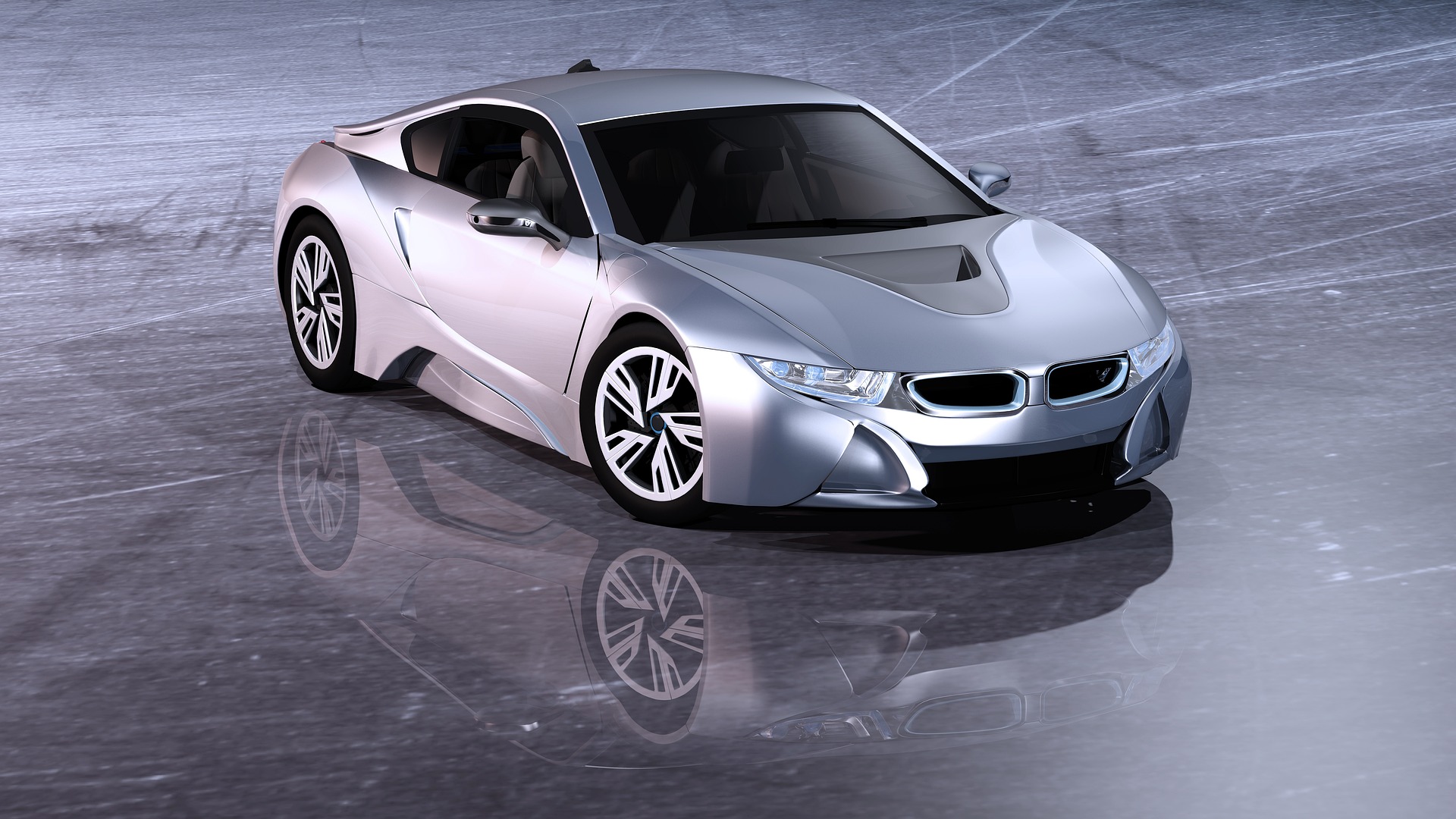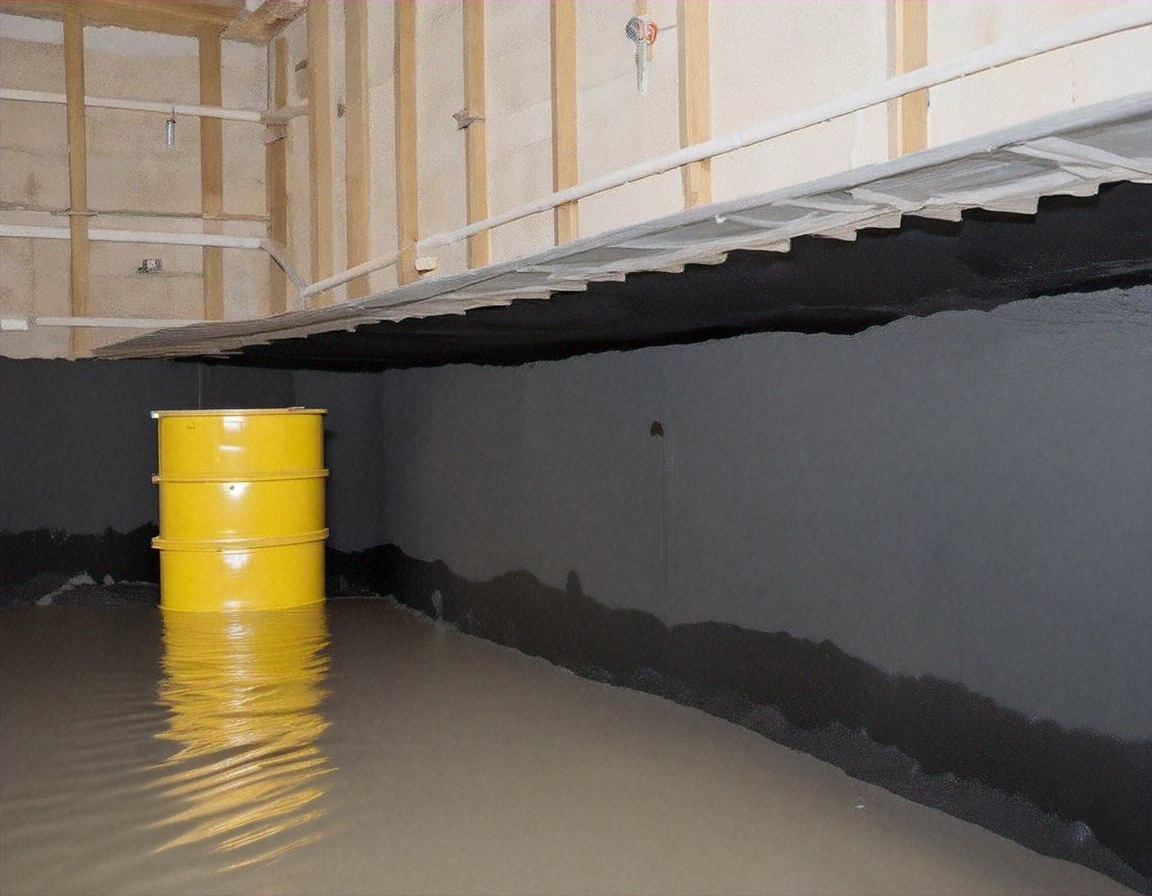Diving into the World of High-Tech Automotive Paints
Imagine cruising down the highway in your car, sunlight glancing off its surface, illuminating a color that seems to change with every shift of perspective. This isn't just any ordinary paint job. It's a marvel of technology, a testament to the automotive industry's relentless pursuit of innovation. Welcome to the world of high-tech automotive paints.

The Canvas of Innovation: Historical Context and Technological Developments
Automotive paint, though often overlooked, has a rich history and is a field ripe with innovation. In the early days, cars were hand-painted, a process that was not only time-consuming but also resulted in inconsistencies. The introduction of spray painting in the 1920s revolutionized the industry. More recently, technological advances have enabled the development of paints that self-heal, change color, and even help reduce a vehicle’s carbon footprint.
The Chroma of Today: Current Industry Trends
Today’s automotive paint technology is all about functionality and aesthetics. Thermochromic paint, for instance, changes color with temperature variance, while photochromic paint responds to light intensity. There’s also paint infused with tiny metal flakes or pearlescent particulates for a shimmering effect. On the functional side, solar-reflective paint aims to keep cars cooler, reducing the need for air conditioning and thus saving fuel.
Making an Impact: Benefits and Challenges of High-Tech Paints
High-tech automotive paints offer numerous benefits, but they are not without challenges. For example, self-healing paint can save owners the cost and hassle of minor scratch repairs, while solar-reflective paint can contribute to reducing CO2 emissions. However, these paints often come with a steep price tag and may require special care or conditions to maintain their effects.
The Future in Technicolor: What’s Next for Automotive Paint?
The world of automotive paint is one of continual innovation. While today we marvel at color-shifting and self-healing paints, tomorrow may bring even more amazing developments. Scientists are researching paint that can help improve a vehicle’s aerodynamics, reducing drag and increasing fuel efficiency. Or imagine a paint that could harness energy from the sun or motion to power your car. The possibilities are as vast as the color spectrum itself.
Conclusion
High-tech automotive paints are reshaping our perception of vehicles, transforming them from mere modes of transportation into dynamic pieces of art. As the technology continues to advance, we can expect to see even more innovative and breathtaking developments on the horizon. So, the next time you see a car that catches your eye, remember, it’s not just a paint job. It’s a testament to the power of innovation and the relentless pursuit of progress.




